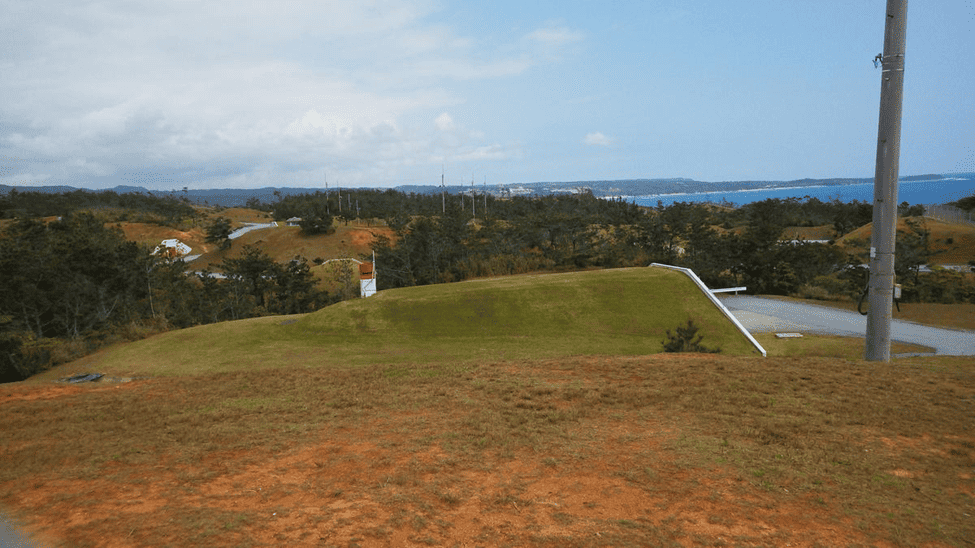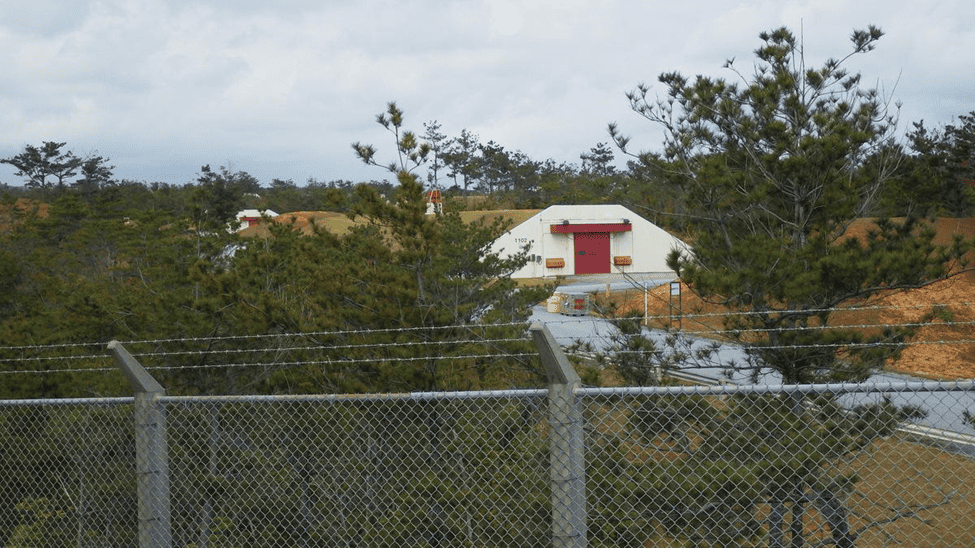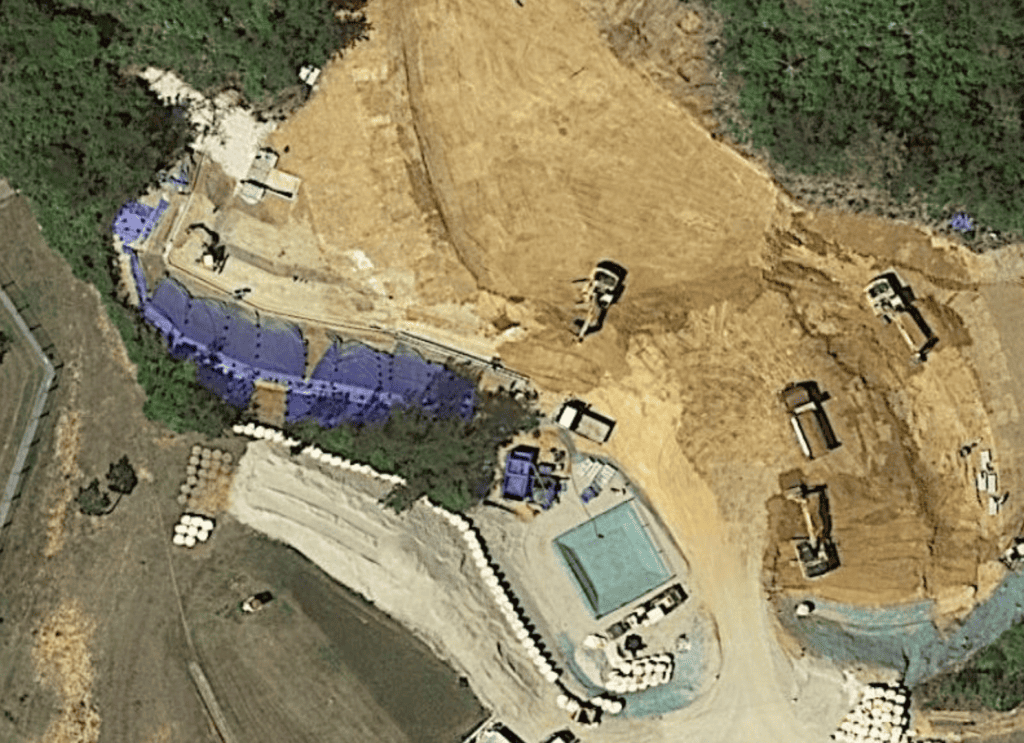Submitted by Steve Rabson
Professor Emeritus, Brown University
Veteran, United States Army, 137th Ordnance Company, Henoko, Okinawa (1967-68)
Translator of Okinawan literature and author of books and articles about Okinawa, including The Okinawan Diaspora in Japan: Crossing the Borders Within (University of Hawaii Press, 2012)
Summary
Three U.S. Army veterans of a nuclear weapons base in Okinawa have filed claims with the Veterans Administration for cancers associated with radiation exposure. Since January, 2020, the Japanese Defense Ministry has been removing a large swath of soil from the former nuclear weapons storage area in Henoko Village, but has refused a request from the local Diet representative from Okinawa to test it for radioactive contamination. This threatens the safety of local residents, and denies important information to the veterans filing VA claims.
Three Army veterans stationed at a nuclear weapons storage base in Okinawa during the late 1960’s have contracted cancers associated with radiation exposure, and filed compensation claims with the Veterans Administration. After initial denials, they have submitted appeals. One lost an eye to melanoma, another died in 2015, a few weeks before his appeal hearing was scheduled.
The 137th Ordnance Company in Henoko, Okinawa stored and maintained the warheads for Nike-Hercules anti-aircraft missiles, Honest John and Little John rockets, and Atomic Demolition Munitions (nuclear landmines). Under the U.S.-Japan Okinawa Reversion Agreement of 1969, all nuclear weapons were removed from Okinawa when it reverted to Japanese sovereignty in 1972 after prolonged U.S. military occupation (1945-1972). However, a “secret understanding” (since made public) that accompanied the Reversion Agreement permits the U.S. to bring them back during a “great emergency” to be determined unilaterally by the U.S. The former nuclear weapons storage area at the base has remained intact. (See “Nuclear Hawks in Tokyo Call for Stronger US Nuclear Posture in Japan and Okinawa,” Gregory Kulacki with commentary by Steve Rabson, Asia-Pacific Journal, June 1, 2018, Volume 16 | Issue 11 | Number 1)


The Japanese Defense Ministry has begun upgrading work on and around the sod-covered, steel-reinforced igloos previously storing nuclear weapons (see photos). This has raised suspicions among Okinawans and the Union of Concerned Scientists that they are being prepared for the return of nuclear weapons to the base in conjunction with the on-going, though much-delayed, construction of a U. S. military airbase next to it. (See Kulacki article, cited above.) Though Okinawa comprises less than 2% of the nation’s land area and about 1% of its population, this small island prefecture already bears 70% of the U.S. military presence in all of Japan. Local residents and the prefectural government continue vigorously to oppose the airbase by denying construction permits, filing lawsuits, and mounting daily protests at the construction site, but the national government insists that it will be built despite the many legal and environmental obstacles.
Alan Caraway, one of the three veterans to file a claim with the V.A., has been watching the upgrading work inside the former nuclear weapons storage area from satellite photos on googlemaps.com. In recent weeks, he has noticed a wide swath of dredging there by bulldozers with the soil being removed by trucks. He suspects the soil is contaminated with radiation.

Japanese Diet Representative Akamine Seiken from Okinawa forwarded the satellite photo to the Japanese Defense Ministry requesting that the soil be tested for radioactive contamination. This information, in addition to being critical for local residents, would be important for the veterans who have filed VA claims. This is the correspondence between Representative Akamine and the Defense Ministry. (author’s translation):
Question to Defense Ministry from Lower House Representative Akamine Seiken of Okinawa:
In regard to the reclamation work proceeding at the Henoko Ordnance Storage Depot, are tests for radioactive contamination being conducted? Are decontamination measures being implemented? If so, please indicate what specific actions have been taken, and the results.
Reply from the Defense Ministry:
In regard to the construction work in question, no tests for radioactive contamination or decontamination measures have been carried out.
The reclamation work at the Henoko Ordnance Storage Depot is being carried out according to the construction regulations of Japanese law. As there is no legal requirement to conduct the radiation tests or the implement decontamination measures you request, there is no necessity to carry them out.
The likely reason that no law requires the testing of soil from former nuclear weapons sites in Japan is that, before Okinawa reverted to Japanese sovereignty in 1972, there were no nuclear weapons storage sites in Japan. This would violate long-standing policy adopted by the National Diet prohibiting their “manufacture, possession, or introduction.” The Japanese government’s refusal to test the soil of a former nuclear weapons storage area now located in a Japanese prefecture is yet one more example of its discriminatory policy toward Okinawa. Another example is the “secret understanding” accompanying the 1969 reversion agreement that permits the U.S. to bring nuclear weapons back to Okinawa, excluding this one prefecture from the non-nuclear policies applying to the rest of the country.
According to the U.S. Environmental Protection Agency,
“Over 1,000 . . . locations, including both operational and abandoned sites, are contaminated with radiation. These sites range in size from small corners in laboratories to massive nuclear weapons facilities. The contamination may be found in the air, water, and soil, as well as equipment in buildings.”
Such likely contamination continues to endanger the health and safety, not only of the U.S. military personnel stationed at the former nuclear weapons storage base, but also Henoko residents and those of nearby communities.
Click to Subscribe to the Civilian Exposure Newsletter for Latest News & Updates Today!

